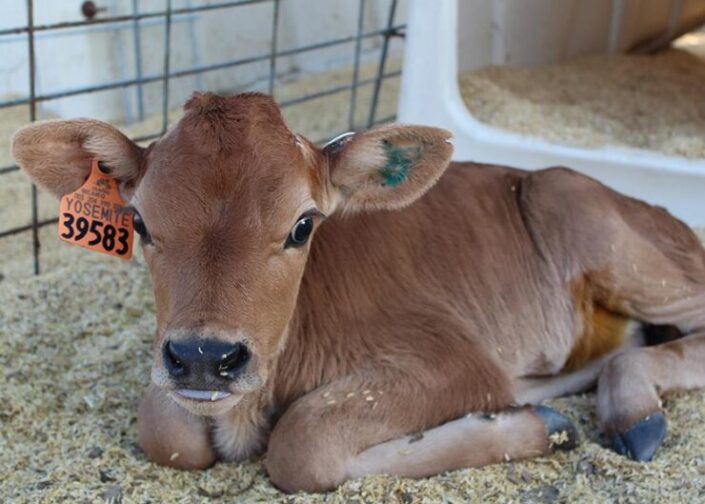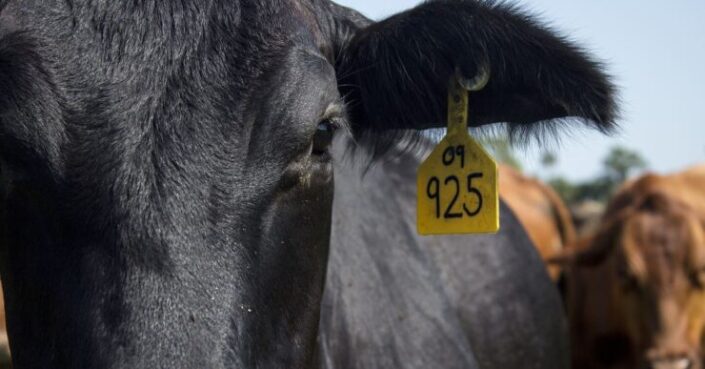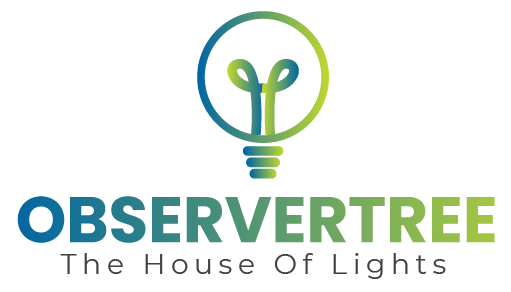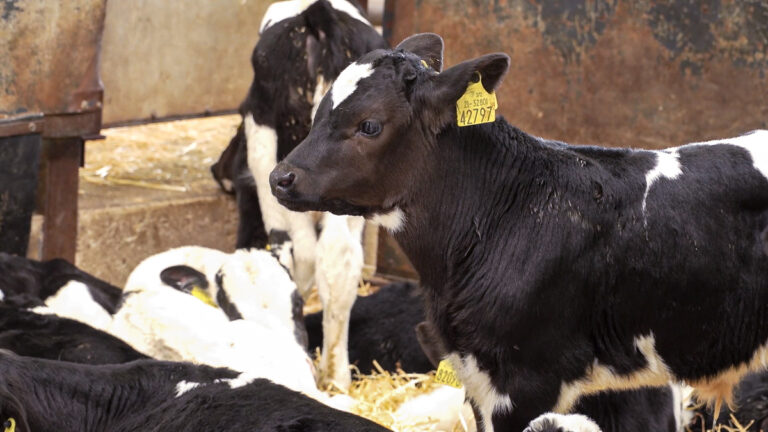As raising livestock has become increasingly complex, the need for efficient and reliable cow tagging standards is becoming more and more apparent. With a wide variety of options available to farmers, understanding all the nuances of these different systems can be difficult.
In this article, we’ll take a deep dive into the world of cow tagging standards and examine what it takes to ensure that cattle are properly identified in today’s increasingly digital marketplace. We’ll look at how new technology has revolutionized traditional methods of tracking animals, as well as discuss some best practices for ensuring maximum accuracy when using modern tags.
By exploring every aspect of cow tagging standards from identification requirements to data collection procedures, our goal is to help you make informed decisions about which system will be right for your farm or ranch.
What is Cow Tagging?

Cow tagging is the process of attaching identification tags to cows for tracking and management purposes. These tags are generally made from plastic or metal and must be applied in a specific manner to ensure accuracy when recording data concerning each cow. It is also important that all applicable regulations are followed, which vary depending on region.
By using high-quality ear tags, cattle can be accurately identified, tracked, monitored, and managed more effectively than ever before – providing farmers with greater efficiency when it comes to herd health records, production yields, and other aspects related to their operations.
Cow tagging has become an increasingly important part of sustainable livestock production as it helps ensure better animal welfare while providing economic benefits due to increased traceability of beef products back to the source.
Benefits of Adopting Higher Standards for Cow Tagging
Adopting higher standards for cow tagging can be beneficial to cattle farmers in several ways. It ensures that cows are accurately and consistently identified, which is critical when tracking herd health or managing quality control.
With the right technology, it also allows farmers to monitor their herds more easily and quickly respond to any potential problems that may arise. Higher standards also assure consumers about the safety and quality of their beef products as they are traceable back to the source.
Furthermore, identifying cows with tags allows producers to keep better records on breeding, production yields, and other important data points needed for decision-making when running an efficient operation.

Assessing Current Practices and How They Can Be Improved
When it comes to assessing current cow tagging standards, a comprehensive evaluation is essential for identifying areas that need improvement. It’s important to take into account the costs associated with implementing new measures and the potential benefits they may bring.
Additionally, the effectiveness of existing methods should be assessed to identify any gaps or weaknesses that could be addressed through more effective implementation strategies. It is also necessary to consider how changes in technological advancements will impact cow tagging standards over time and whether these advances can help improve existing practices.
Furthermore, an assessment of available data sources can reveal opportunities for better accuracy when it comes to tracking cattle movements and other relevant information. Finally, an analysis of industry trends as well as government regulations should be conducted to determine if further improvements are needed or possible within current parameters.
Conclusion

Cow tagging is an important part of livestock management, providing a way to track individual animals and their related data. New standards have been put in place that require higher quality tags, resulting in greater accuracy and reliability for farmers.
This new standard has raised the bar when it comes to cow tagging, ensuring all cows are accurately identified with a high-quality cow ear tag. With this improved system in place, livestock producers can rest assured that their herds will be managed more effectively and efficiently than ever before.

